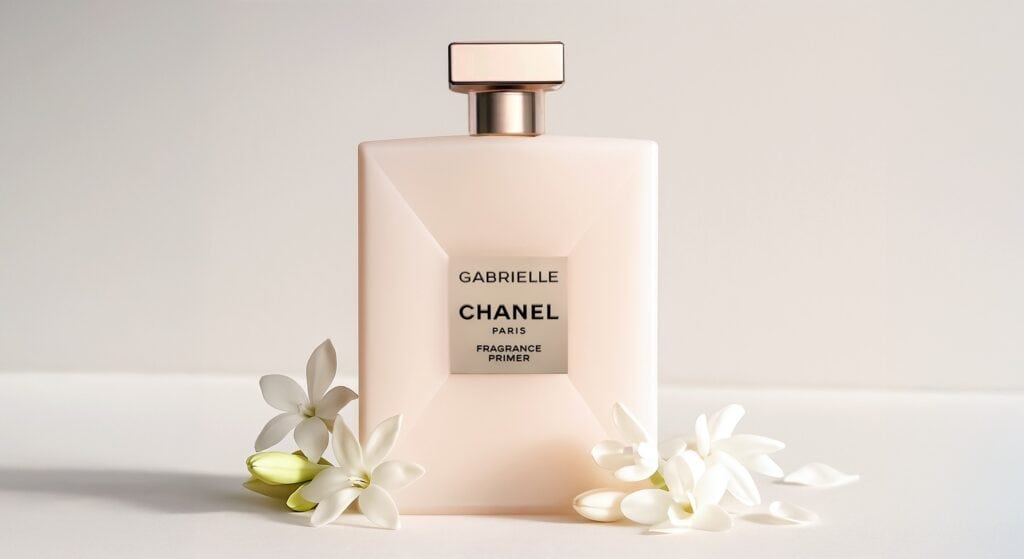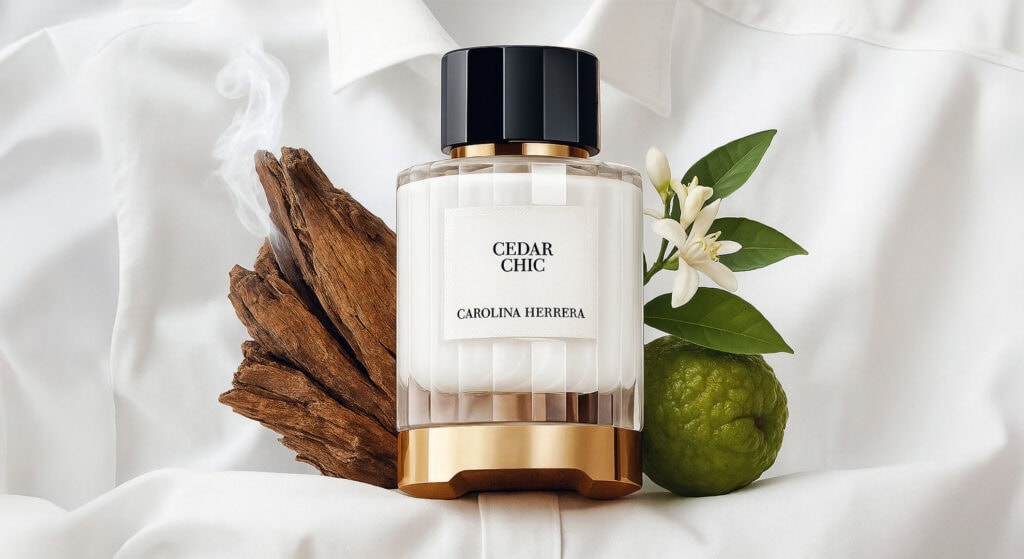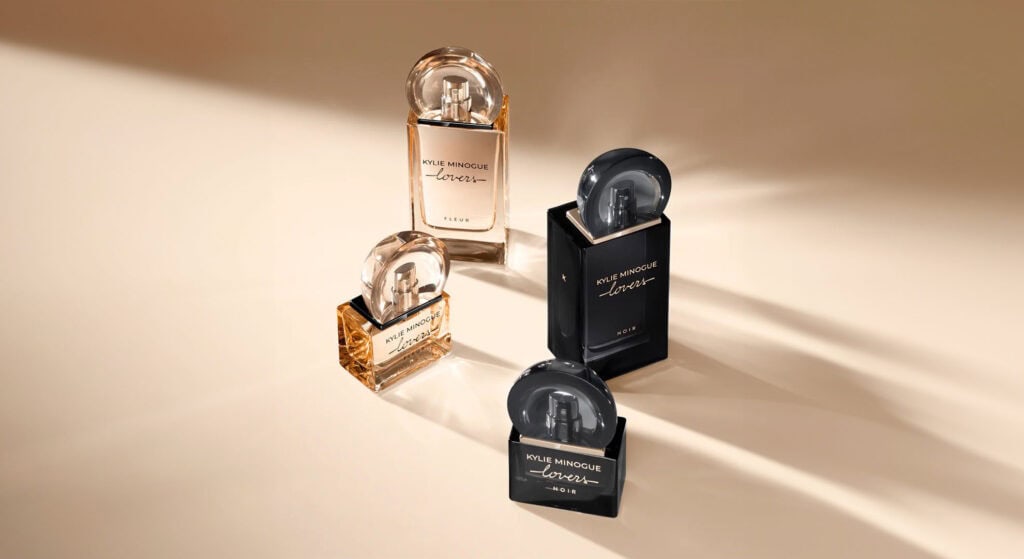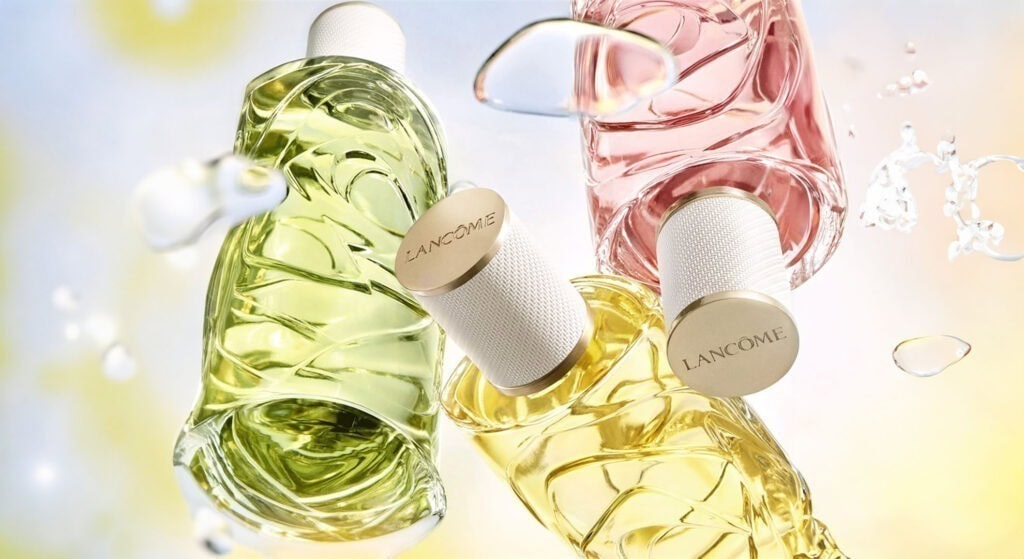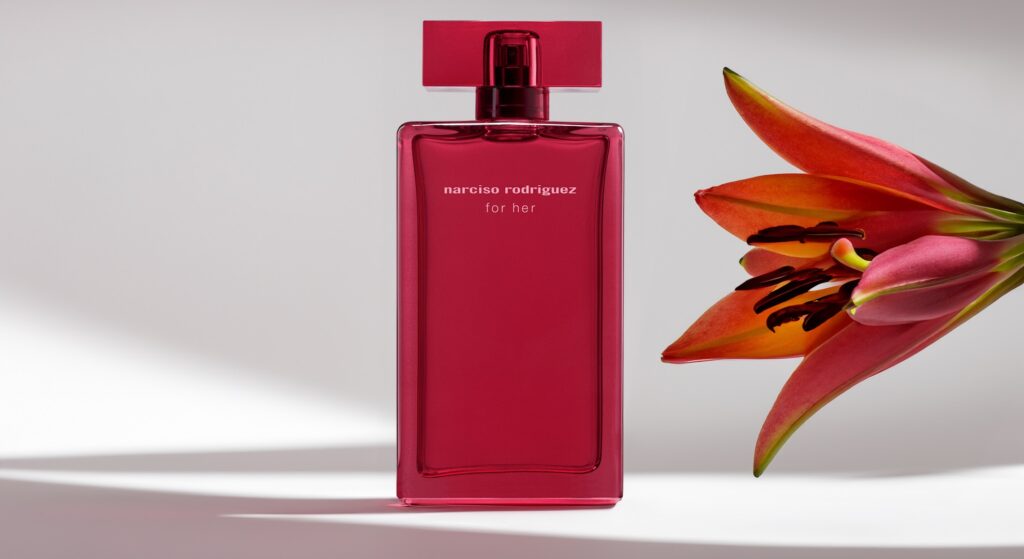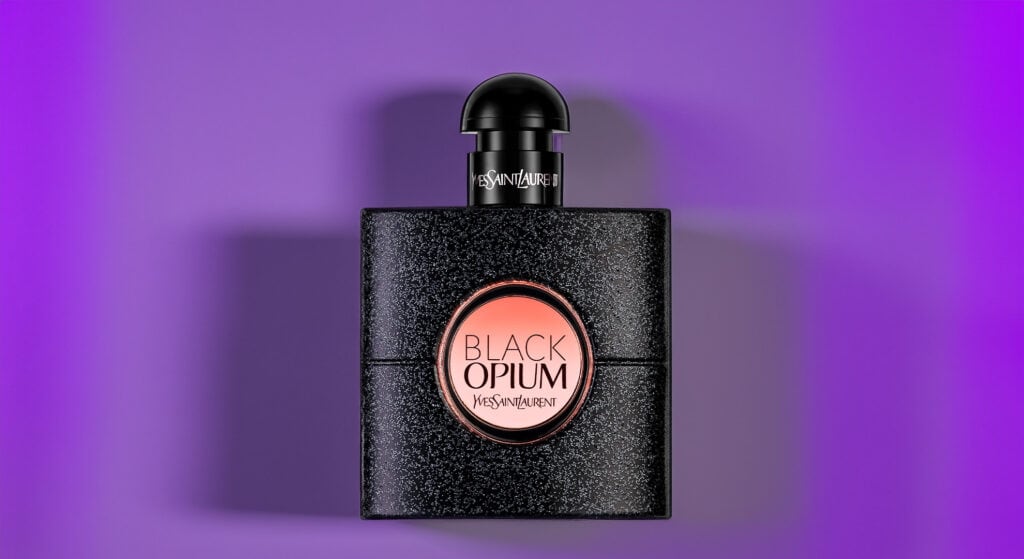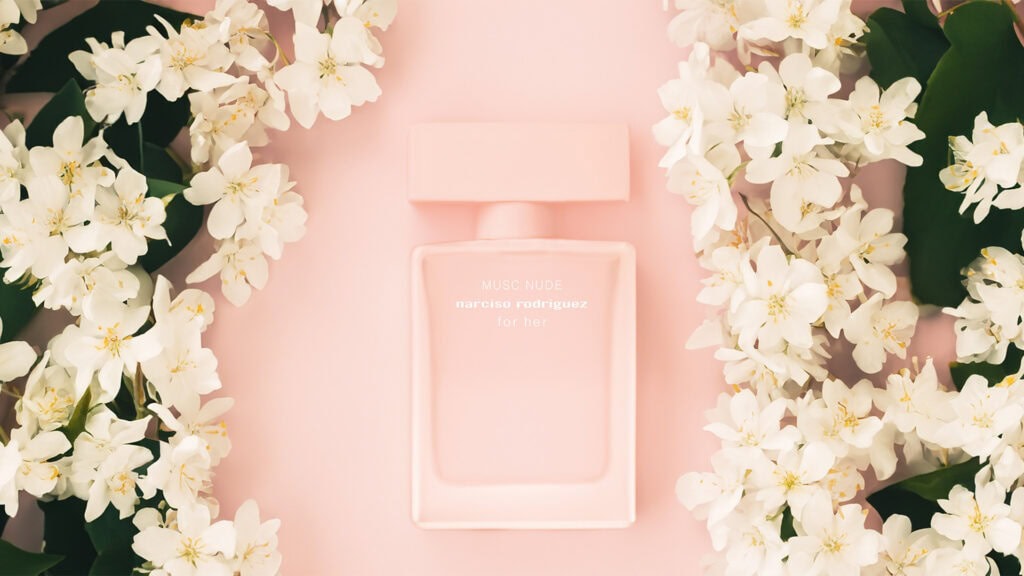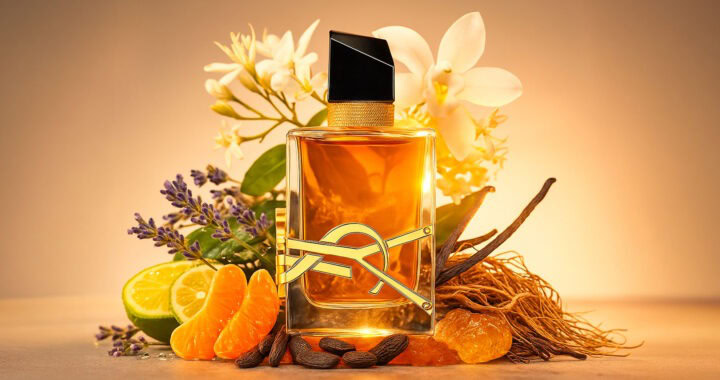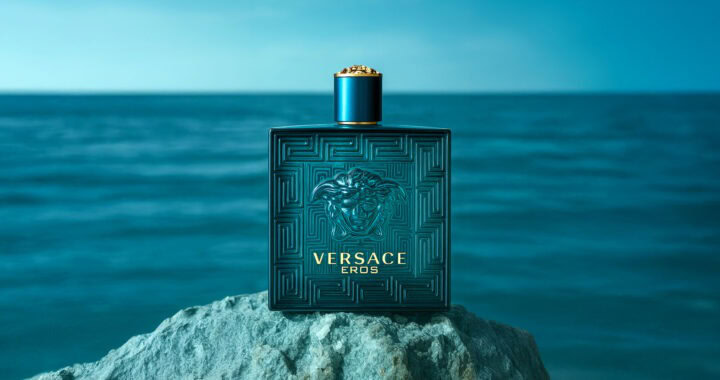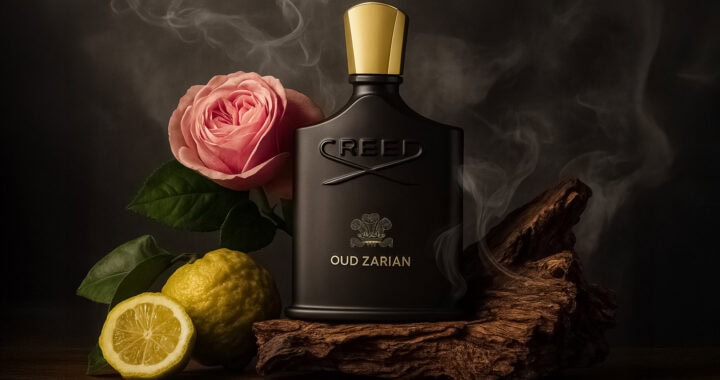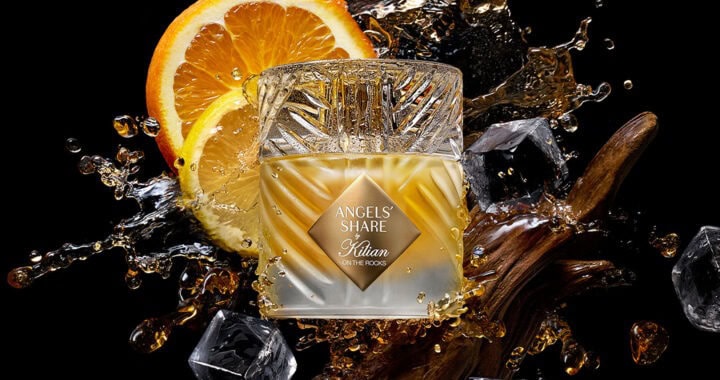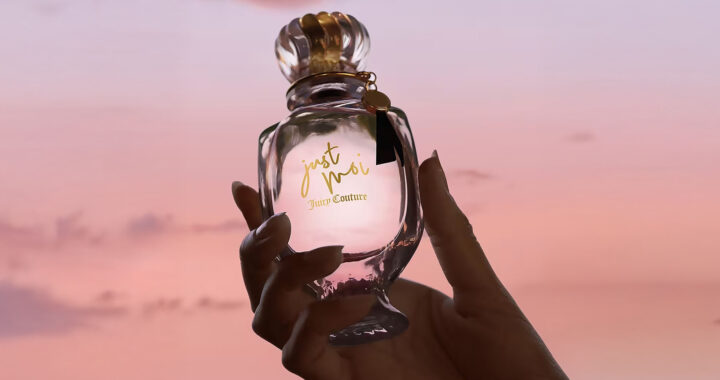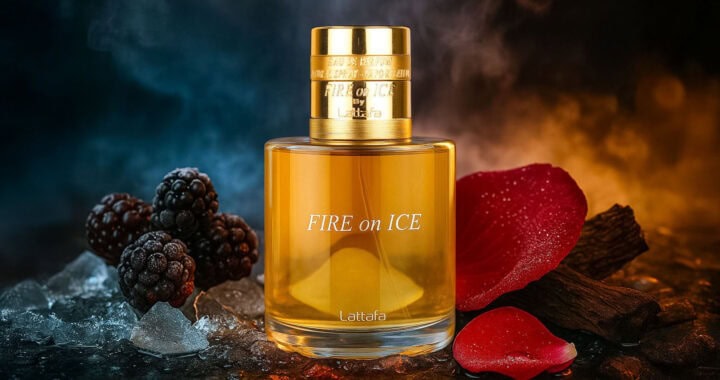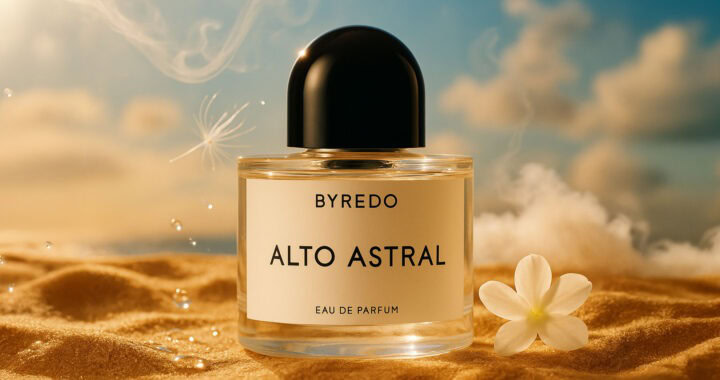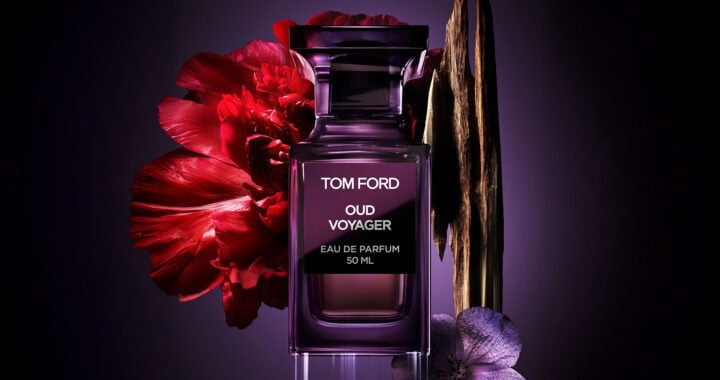The Allure of White Flowers in Perfumery: Crafting Timeless Elegance
White flowers, with their pure, radiant, and often intoxicating aromas, have long been a staple in the art of perfumery. These blossoms, which include jasmine, tuberose, gardenia, and orange blossom, among others, are revered for their ability to add depth, complexity, and a touch of opulence to fragrances. In this article, we explore the unique characteristics of white flowers in perfumery, how their essences are extracted, the art of blending them with other notes, and some of the most iconic fragrances where white flowers are the stars.
The Extraction of White Flower Essences
Capturing the essence of white flowers is a delicate process that requires careful extraction to preserve their rich and complex aromas. Different methods are used depending on the specific flower and the desired olfactory profile.
- Enfleurage: One of the oldest methods of extracting the fragrance from delicate white flowers like jasmine and tuberose is enfleurage. This traditional technique involves placing fresh petals on layers of fat or oil, which absorb the flowers’ aromatic compounds. The fat is then processed to separate the fragrant oil. While enfleurage is less common today due to its labor-intensive nature, it remains one of the most effective ways to capture the full, intoxicating scent of white flowers.
- Solvent Extraction: Solvent extraction is a more modern and widely used method for obtaining the absolute of white flowers such as gardenia, jasmine, and tuberose. In this process, the petals are treated with a solvent that dissolves the aromatic compounds. The solvent is then evaporated, leaving behind a highly concentrated absolute that retains the rich, heady aroma of the flowers.
- Steam Distillation: For flowers like orange blossom and neroli, steam distillation is often used. The petals are subjected to steam, which captures the essential oils. As the steam cools and condenses, the oil separates from the water, resulting in a lighter, more ethereal scent compared to absolutes. This method is particularly effective for capturing the bright, citrusy facets of orange blossom.
The Art of Blending White Flowers in Perfumes
White flowers are known for their versatility and can be blended with a wide range of notes to create perfumes that range from light and fresh to deep and sensual. Their potent and often narcotic aromas make them ideal for creating both elegant day fragrances and sultry evening scents.
- White Floral Bouquets: Combining multiple white flowers in a single fragrance can create a lush, opulent bouquet that is both sophisticated and intoxicating. Blending jasmine, tuberose, and gardenia, for example, results in a fragrance that is rich, full-bodied, and deeply floral. Dior’s J’adore is a perfect example, where a bouquet of white flowers is at the heart of the composition, creating a scent that is both luxurious and timeless.
- Citrus and White Floral Compositions: White flowers pair beautifully with citrus notes, where the brightness of bergamot, lemon, or orange blossom adds a fresh, uplifting quality to the fragrance. This combination is perfect for creating light, elegant perfumes with a radiant, sunny feel. Chanel’s Gabrielle blends white flowers like jasmine and orange blossom with citrus notes, resulting in a luminous and sophisticated scent.
- Oriental White Floral Blends: White flowers can also add a sensual, intoxicating layer to oriental perfumes. When combined with spices, amber, and woods, white flowers like jasmine or tuberose can transform a fragrance into something deep, exotic, and mysterious. Serge Lutens’ A La Nuit showcases this approach, where the richness of jasmine is blended with spices to create a scent that is both opulent and hypnotic.
- Green and Earthy Accords: To balance the heady nature of white flowers, perfumers often blend them with green and earthy notes. Vetiver, moss, or even fresh leaves can add a crisp, grounding element to the otherwise sweet and potent floral scent, making the fragrance more versatile and modern. Estee Lauder’s Private Collection Tuberose Gardenia combines the richness of white flowers with green and earthy notes, resulting in a fragrance that is both sophisticated and accessible.
Iconic Fragrances Featuring White Flowers
White flowers have played a central role in some of the most iconic perfumes ever created, each showcasing the unique beauty and versatility of these blooms.
- Dior J’adore: This fragrance is a celebration of white flowers, with jasmine, tuberose, and ylang-ylang creating a lush, floral bouquet. J’adore is known for its elegance and sophistication, making it a timeless classic in the world of perfumery.
- Chanel Gabrielle: Gabrielle is a radiant and modern take on white florals, blending jasmine, tuberose, and orange blossom with citrus notes. The result is a luminous, fresh fragrance that captures the essence of a modern, confident woman.
- Serge Lutens A La Nuit: A La Nuit is a tribute to the sensuality of jasmine. This fragrance is rich and intoxicating, with white flowers at its heart, complemented by a blend of spices that add depth and mystery.
- Estee Lauder Private Collection Tuberose Gardenia: This fragrance combines the opulence of tuberose and gardenia with green and earthy notes, creating a scent that is both luxurious and grounded. It’s a modern classic that highlights the versatility of white flowers.
The Timeless Appeal of White Flowers
White flowers, with their pure and intoxicating aromas, have long been a cornerstone in the art of perfumery. From the careful extraction of their essence to their masterful blending with other fragrance notes, white flowers offer a unique combination of elegance, sensuality, and versatility that can elevate any perfume. Whether creating lush floral bouquets, adding brightness to citrus compositions, or enhancing the richness of oriental blends, white flowers play a crucial role in crafting perfumes that are both timeless and unforgettable. Iconic fragrances like Dior’s J’adore, Chanel’s Gabrielle, and Serge Lutens’ A La Nuit demonstrate the enduring appeal of white flowers, proving that their place in the world of perfumery is as radiant and captivating as the blossoms themselves.
Love this fragrance? Share your thoughts! Your vote helps other perfume lovers discover new favorites. Rate it now and make your mark!
Click on a star to rate it!
Average rating 0 / 5. Vote count: 0
No votes so far! Be the first to rate this post.
